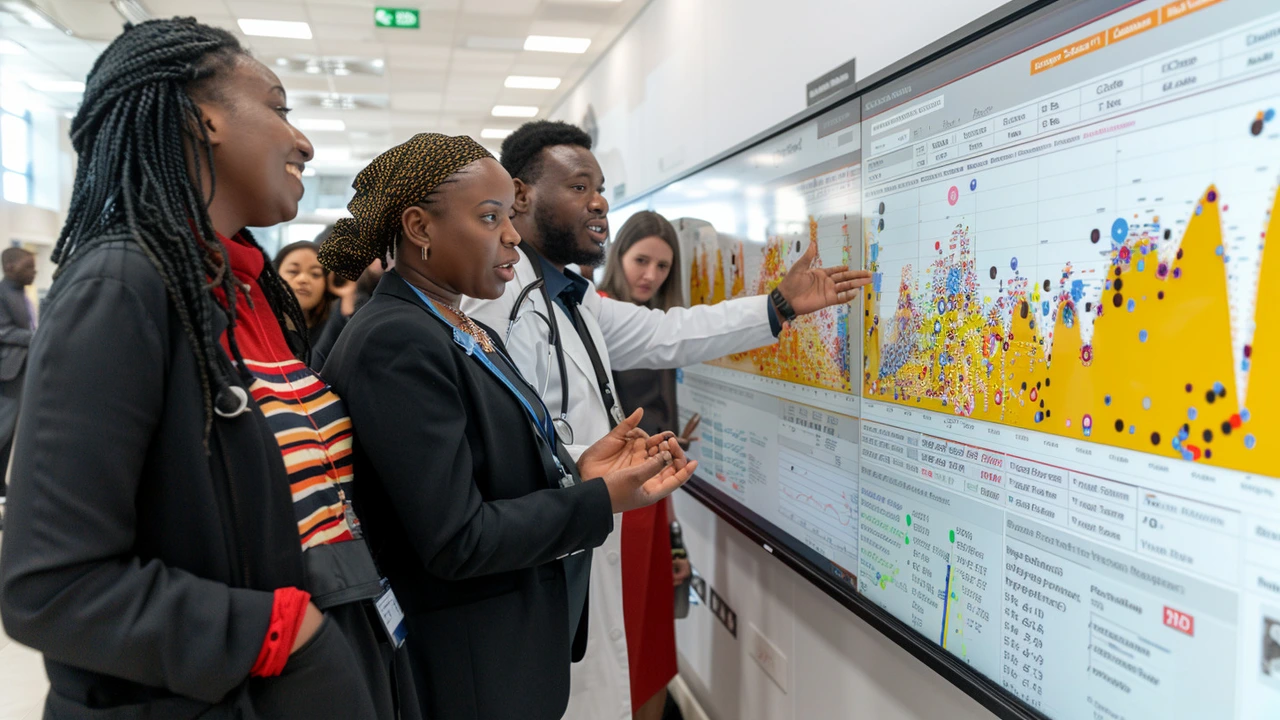Apr
25

- by Warren Gibbons
- 0 Comments
Understanding AI in the Context of Cancer Detection
Artificial intelligence (AI), particularly machine learning and deep learning, is making significant strides in healthcare. In cancer detection and diagnosis, AI tools analyze vast amounts of data quickly and with a precision that often surpasses human capabilities. Complex algorithms can identify patterns in medical imaging, genetics, and pathology that might be invisible to the human eye. This capability not only enhances diagnostic accuracy but also accelerates the process, potentially leading to earlier interventions.
For instance, AI applications in radiology, such as those used in analyzing mammograms, can detect subtle differences in imaging that hint at early signs of breast cancer. These tools use historical data and outcomes to train algorithms, improving their predictive accuracy over time. Moreover, AI can manage and analyze data from various sources simultaneously — including ultrasound, CT scans, and MRIs — providing a more comprehensive diagnostic overview.
The integration of AI in oncological practices isn't just about diagnosing existing conditions; it also offers predictive analytics. These systems can assess risk levels and predict tumor behavior, which helps in planning personalized treatment strategies. Despite these advantages, the implementation of AI in cancer detection does face challenges, such as data privacy concerns, the need for a large amount of annotated data for training algorithms, and the integration of AI tools into existing medical workflows. However, the potential benefits for patient outcomes encourage ongoing research and adoption of these technologies.
Innovative AI Applications in Cancer Screening
In the realm of cancer screening, AI is not just a supplementary technology but is increasingly becoming central to early detection strategies. For example, AI-driven tools are used to enhance the analysis of colorectal cancer screenings, where they evaluate polyps using colonoscopy videos to determine malignancy risks. This technology reduces the need for invasive biopsies and enables faster decision-making regarding patient care.
Another pivotal application of AI is in the field of pathology. Digital pathology, augmented by AI, allows for quicker and more accurate analysis of tissue samples. Through deep learning models, AI systems can classify and grade cancer cells, often with higher accuracy and consistency than experienced human pathologists. This precision is crucial, especially in conditions where early diagnosis significantly shapes treatment success, like lung or skin cancer.
Moreover, AI's role in genetic testing for cancer predisposition has expanded, providing insights into an individual's risk factors based on genetic markers. This personalized approach aids in preventive healthcare, ensuring that high-risk patients receive appropriate surveillance and preventive measures early on.
However, the success of AI technologies in improving cancer screening rates and accuracy hinges on their integration into clinical practice. Training for healthcare professionals, ethical management of data, and patient consent are critical in harnessing the full potential of AI without compromising patient trust and safety.
Future Prospects and Challenges of AI in Oncology
Looking forward, the intersection of AI and oncology holds promising developments. As AI technologies evolve, they are expected to become more sophisticated in detecting complex cancer types at even earlier stages. The ongoing research into AI algorithms that can understand and predict cancer patterns from less invasive testing methods, such as blood tests or liquid biopsies, is particularly exciting.
Yet, the advancement of AI in cancer detection is not without hurdles. The accuracy of AI systems depends heavily on the quality and diversity of the data they are trained on. Ensuring these systems are universally effective across different populations and medical conditions requires a broad and inclusive approach to data collection. Furthermore, as AI systems become more commonplace in clinics and hospitals, regulatory frameworks must evolve to keep pace with these technologies to address ethical concerns and ensure patient safety.
Despite these challenges, the future of AI in cancer treatment and detection is undeniably bright. With continued innovation, investment, and interdisciplinary collaboration, AI has the potential to transform cancer care, leading to better patient outcomes and possibly changing the landscape of oncology forever.






Write a comment